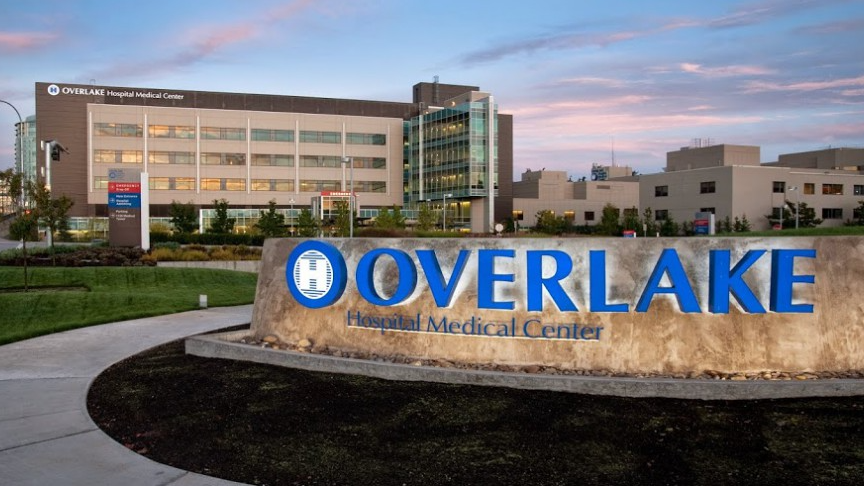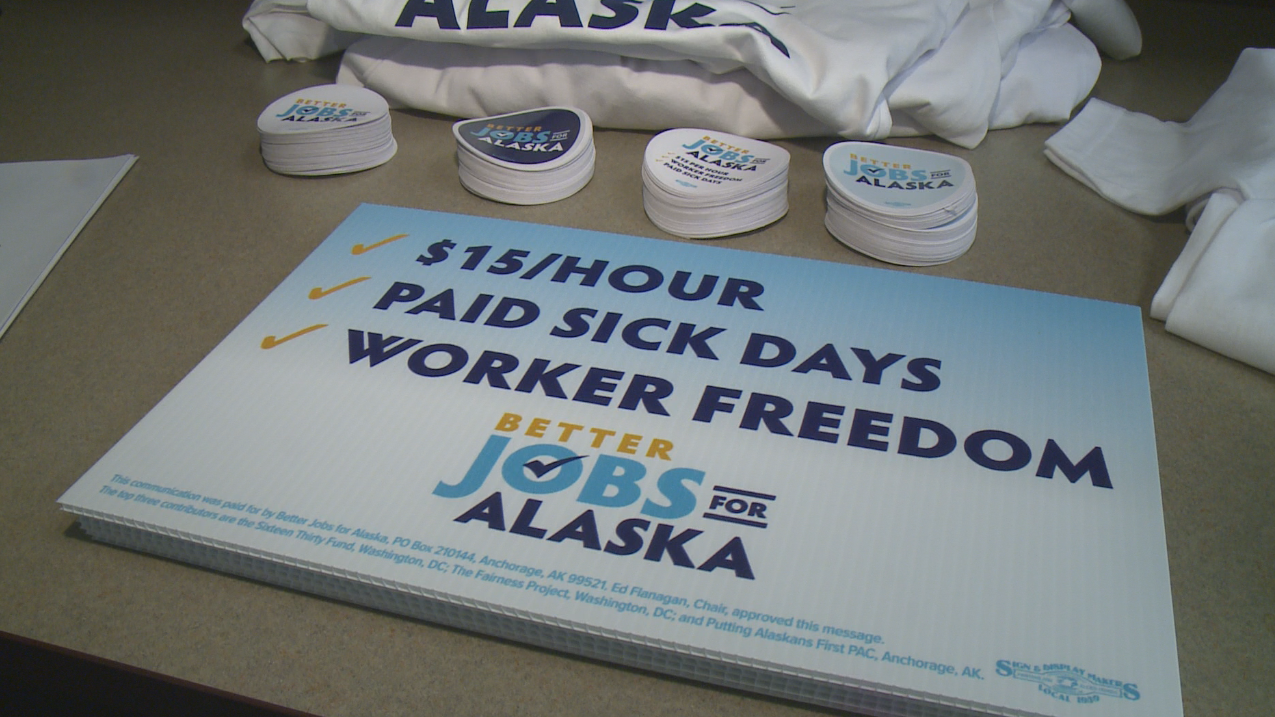In December 2021 alone, 4.3 million people left their jobs, especially in retail, hospitality, and health care. This trend has continued for the last several months. At the national level, the number of Americans quitting their job is higher than ever. Now, these people are not leaving the workforce entirely. Instead, they are leaving one company for another. Rather than the Great Resignation, this era should be called the Great Migration or Great Redistribution. Companies should use HR metrics to track workforce changes. While the metrics themselves may not provide insight, tracking these over time shows trends and areas of opportunity. Let divide these into two categories: Present Staffing and Future Staffing.
Present Staffing
Employee Absenteeism
Absenteeism can have a profoundly negative impact on an organization. It is unplanned and frequent absences from work, not including planned absences like vacation.
The formula for the Employee Absenteeism rate is:
(Average number of employees x unexcused absences) / (Average number of employees x total workdays) x 100
After calculating the metrics, compare them to absenteeism in your industry. For example, the Bureau of Labor Statistics, the absenteeism rate (meaning absences for other reasons than illnesses and injuries) in 2021 was 1.9%.
Average Employee Position Duration
This metric looks at how long an employee is in their current position without promotion or additional responsibilities. If employees are in their current position for too long, they can feel bored, overlooked, or disengaged. On the other hand, if employees are only staying in their jobs for short periods of 3-6 months, it may point to other factors. Therefore, it is best to track this metric based on position. For example, in a Long-Term Care facility, look at the average tenure for all CNAs. Again, while not revealing as a single metric, the measurement can produce enlightening revelations over time.
Future Staffing
Average Time to Hire
Once a person turns in their resignation, how long does it take to replace them? Again, we are not including time for training them to get to full speed, but just the time to fill the role.
First, calculate the Time to Hire an applicant.
The formula for Time to Hire is:
Day the candidate accepted an offer – Day the candidate applied
Once this is calculated, the formula for Average Days to Hire is:
Time to Hire Position 1 + Time to Hire Position 2 + … / Total number of job positions filled
For example, if Position 1 took 20 days and Position 2 took 30 days, the average Time to Fill the two positions is 25 days.
Additional metrics can be run on parts of the hiring process, including Average Days to Contact an Applicant, Average Days to Interview, and Average Interview to Hire.
Across all industries, the Average Time to Hire is currently 42 days. This information is essential when adjusting schedules to meet staffing demands. However, this period varies by industry. Here is one source to evaluate your company against others in your industry.
Here is a spreadsheet provided by SHRM to help with this calculation.
Cost per Hire
Cost per Hire measures the costs associated with filling an open position. These can include both internal and external costs. Examples of these costs include:
External Costs
- Advertising and marketing expenses
- Background checks and eligibility to work expenses
- Campus recruiting expenses
- Consulting services
- Drug-testing expenses
- Employee referral awards/ payments
- Immigration expenses
- Job fair/recruiting event expenses
- Pre-hire health screens
- Pre-screening fees
- Relocation fees
- Sign-on bonuses
- Sourcing costs
- Travel and expenses, candidate
- Travel and expenses, recruiter
- Technology costs
- Third-party agency fees
The average Cost per Hire across all industries is $4,129.
The average vacancy costs employers a staggering $4,129 over 42 days, the time it typically takes to fill an open position. This cost breaks down to just over $98 per day, plus the additional funds allocated towards recruitment.
These four metrics are just a sample of the available systems of measurement that allow HR professionals to understand their workforce better.










